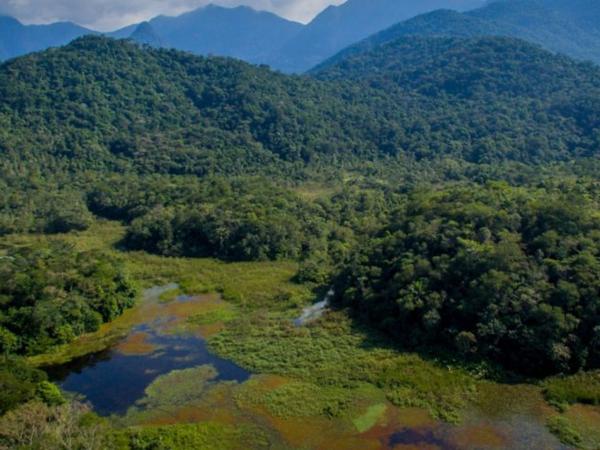
Date: 16 December 2022
Work with SOS Mata Atlântica and Bracell will support Future Forests program.
Eastman has signed a partnership agreement with the environmental nongovernmental organization SOS Mata Atlântica and Bracell, a soluble cellulose producer, to donate 15,000 seedlings in support of a program designed to help restore the Brazilian Atlantic Forest.
This environmental initiative will support Future Forests (Florestas do Futuro in Brazilian Portuguese), a program created to catalyze forest restoration in permanent protection areas, such as riparian forests and legal reserves in the Atlantic Forest biome. The project by Eastman, SOS Mata Atlântica and Bracell focuses on forest restoration in Brazil’s Jequitibá region within an environmental protection area on the north coast of Bahia.
An investment by the Eastman Foundation is supporting restoration in the selected area, which is part of Bracell’s Forest Partnership Program. The area, in the municipality of Entre Ríos, is home to two springs. The initiative will contribute to improving the ecosystem service of water regulation, adding benefits to the entire region.
Details of the restoration project
The restoration will follow a methodology for high density and diversity; there are 2,500 native trees per hectare with 60 to 100 different species. Planting reports will be made after the conclusion of each project phase, along with distribution of periodical reports with planting images during area maintenance and annual reports during the monitoring period.
The Atlantic Forest is a tropical forest biome with more than 90% of its extension in Brazil. It occupies 15% of the Brazilian territory, covering the east coast, northeast, southeast, and southern areas of the country. It is among the priority global ecosystems for restoration, considering biodiversity, climate and cost. The forest is part of a group of ecosystems that — if optimally recovered — could save 71% of species from extinction and absorb almost half of the carbon accumulated in the atmosphere since the Industrial Revolution, according to research conducted by the Brazilian government.
SOS Mata Atlântica was formed in 1986 with the intent to promote public policies that support conservation of the Atlantic Forest. Bracell is a global leader in soluble cellulose and a supplier of cellulose used in the production of Eastman Naia™ Renew cellulosic fiber.
Sustainability drives Eastman objectives
Good stewardship of the world’s forests is a core element of Eastman’s sustainability strategy. Eastman’s partnership in the Atlantic Forest initiative came within a few weeks of the release of the 2022 Canopy Hot Button Report, which ranks Eastman among the top five fiber producers to earn a dark green t-shirt, signaling Eastman’s commitment to sustainable forestry management and fiber innovation.
With Naia™, Eastman wants to make sustainable textiles accessible to everyone. Naia™ Renew is made with 40% certified* recycled material and 60% sustainably sourced wood pulp, sourced from certified forests. The manufacturing process is optimized with a low water and carbon ecological footprint.
"We are excited to partner on an initiative to help restore such a precious natural resource in the Atlantic Forest," said Ruth Farrell, Eastman textiles general manager. "We see major brands committed to using sustainable raw materials that help mitigate the environmental impact, and they are looking for solutions to reduce their carbon footprint and leave a better world for generations to come. And Naia™ will be part of this story."
Eastman has established significant Naia™ sustainability objectives to achieve by 2025. To learn more about the impact Eastman is making through its Naia™ sustainability goals, visit naia.eastman.com/sustainability-goals.
*Allocated via a mass balance approach.
 600450
600450

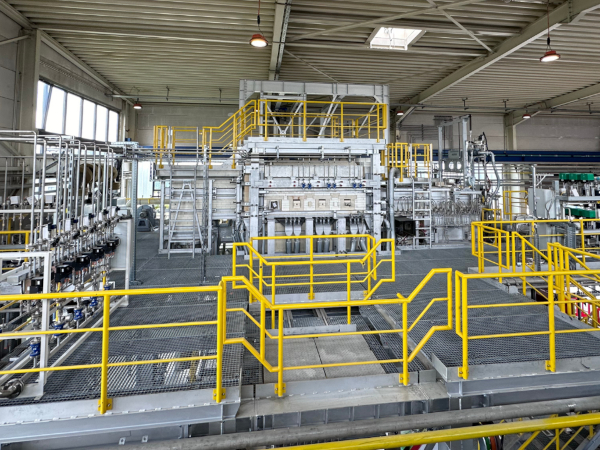

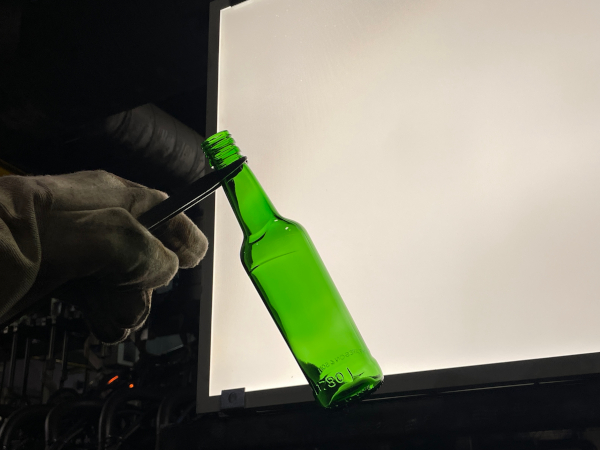


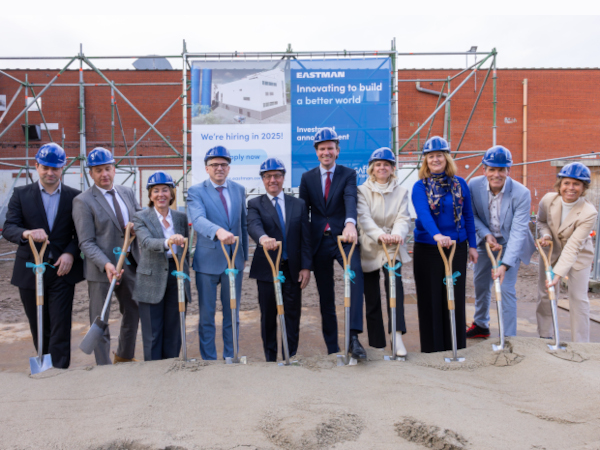













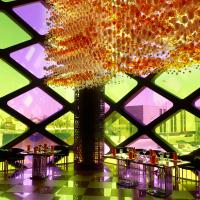

Add new comment